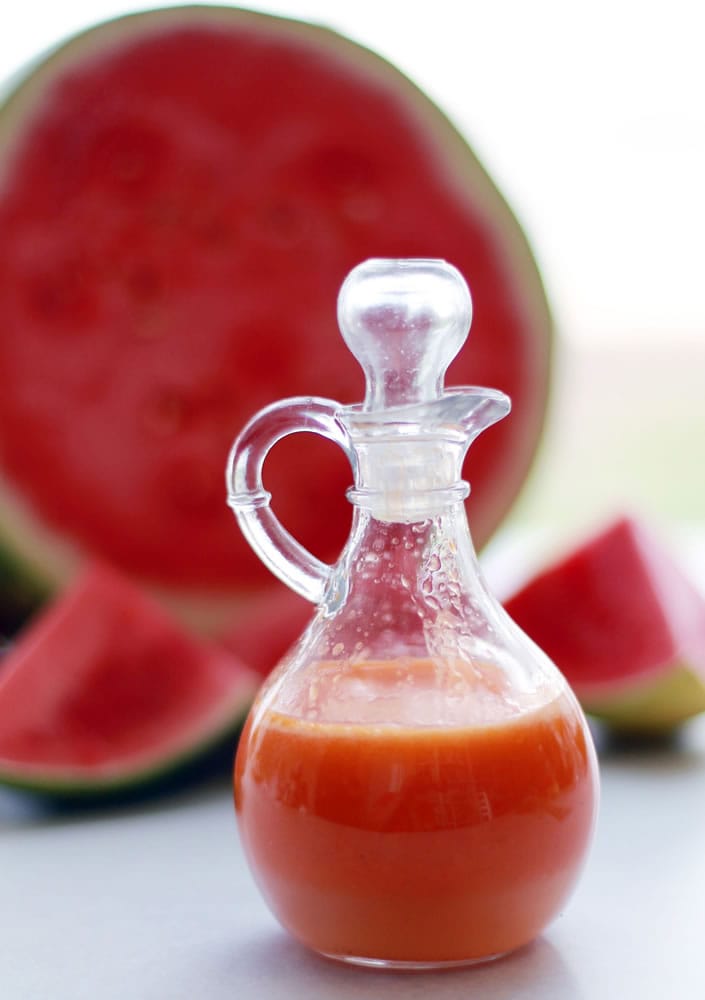Picking a perfect watermelon is an inexact science.
“You don’t really know until you bring it home and cut it open,” says Eric DeMange, who has about 25 acres of watermelon growing on his family’s farms in Southern Illinois. He expects to start harvesting melons this week.
How does he decide when the time is ripe to pick them?
For his first test, he uses a criterion well-known among watermelon lovers. “When you pick them up, they have a nice yellow area on their bellies,” DeMange says.
Then he performs a less orthodox test.
“I run my hand across the melon perpendicular to the stripes,” he says. “It should have a little ridge that you can just barely feel.”
Once the melon gets to market, he adds, people have their own tests.
“They thump and do all kinds of things,” DeMange says.
For the “thump test,” one commonly cited standard is that the thump should result in a sound similar to hitting a jug of water.



